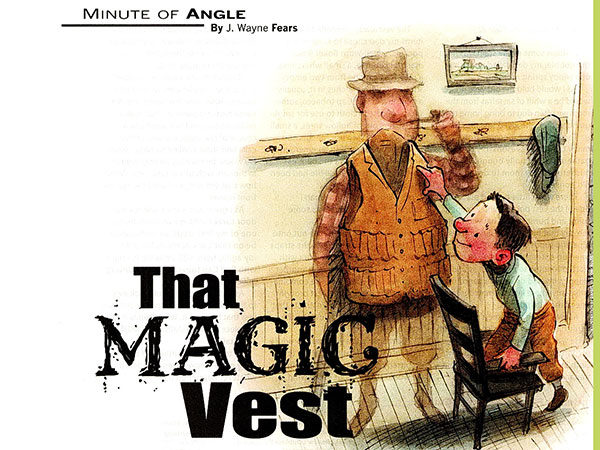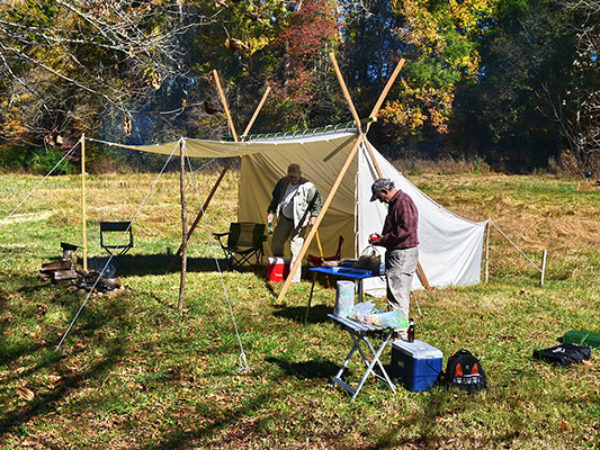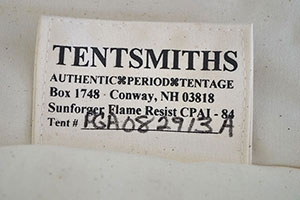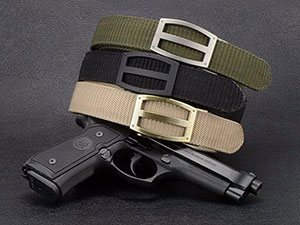Christmas in the mountains of north Alabama was a special time for me and my buddies, Punky Kelly and Chipmunk Green. School was out, there was plenty of time to put out rabbit box traps, and there was the Christmas pageant at our little rural church, which meant food and presents.
Setting rabbit box traps was a high priority for us as we thought of ourselves as being mountain men. The excitement was that we never knew what our trap line would produce, one year it was mostly opossums the next a rabbit or two.
This particular Christmas season we each had built one new rabbit box trap. Our trap line started on the creek behind my house where we set one box on an animal trail next to the creek. Then we crossed the pasture to a fencerow near Punkys house where a second box was carefully set. The third box was set a short distance away, next to a brush pile behind Chipmunk’s dad’s barn.



 Baker Tentsmiths[/caption]First about the name and how it came about. According to my research, the name “baker tent” was most likely given to the tent sometime back in the 1800’s. Many logging and survey camps back in those early days used the “Yankee baker oven”, reflector oven as it is called today, to cook meals for hungry work crews and since the tents they used had the same profile soon the tents were called “baker tents”. The name stuck and today most still call this style tent the baker tent.
Baker Tentsmiths[/caption]First about the name and how it came about. According to my research, the name “baker tent” was most likely given to the tent sometime back in the 1800’s. Many logging and survey camps back in those early days used the “Yankee baker oven”, reflector oven as it is called today, to cook meals for hungry work crews and since the tents they used had the same profile soon the tents were called “baker tents”. The name stuck and today most still call this style tent the baker tent.
 The Nexbelt, known as the “belt with no holes”, we have found is an excellent concealed carry belt as well as a causal wear belt off the range. It is unique in several ways. It is made from a high tech nylon webbing that is stiff enough to carry a loaded 1911 tight to the body all day comfortable. Part of this comfort is because of the belts ¼-inch increment adjustments. It comes in a 50-inch length. To fit it to your body correctly just add four inches to your normal waist size and take scissors and cut off the extra length. Hash marks with inches are printed on the inside of the belt. Take the cut end of the belt and secure it into the buckle. Where holes would be in other belts a line of hard plastic angled teeth are set ¼-inch apart inside the belt and when run through the belts buckle you stop at the desired tightness. It guarantees a secure and snug fit. To loosen or remove the belt the buckle has a small release that is pressed to free the teeth from the buckle ratchet.
The Nexbelt, known as the “belt with no holes”, we have found is an excellent concealed carry belt as well as a causal wear belt off the range. It is unique in several ways. It is made from a high tech nylon webbing that is stiff enough to carry a loaded 1911 tight to the body all day comfortable. Part of this comfort is because of the belts ¼-inch increment adjustments. It comes in a 50-inch length. To fit it to your body correctly just add four inches to your normal waist size and take scissors and cut off the extra length. Hash marks with inches are printed on the inside of the belt. Take the cut end of the belt and secure it into the buckle. Where holes would be in other belts a line of hard plastic angled teeth are set ¼-inch apart inside the belt and when run through the belts buckle you stop at the desired tightness. It guarantees a secure and snug fit. To loosen or remove the belt the buckle has a small release that is pressed to free the teeth from the buckle ratchet.